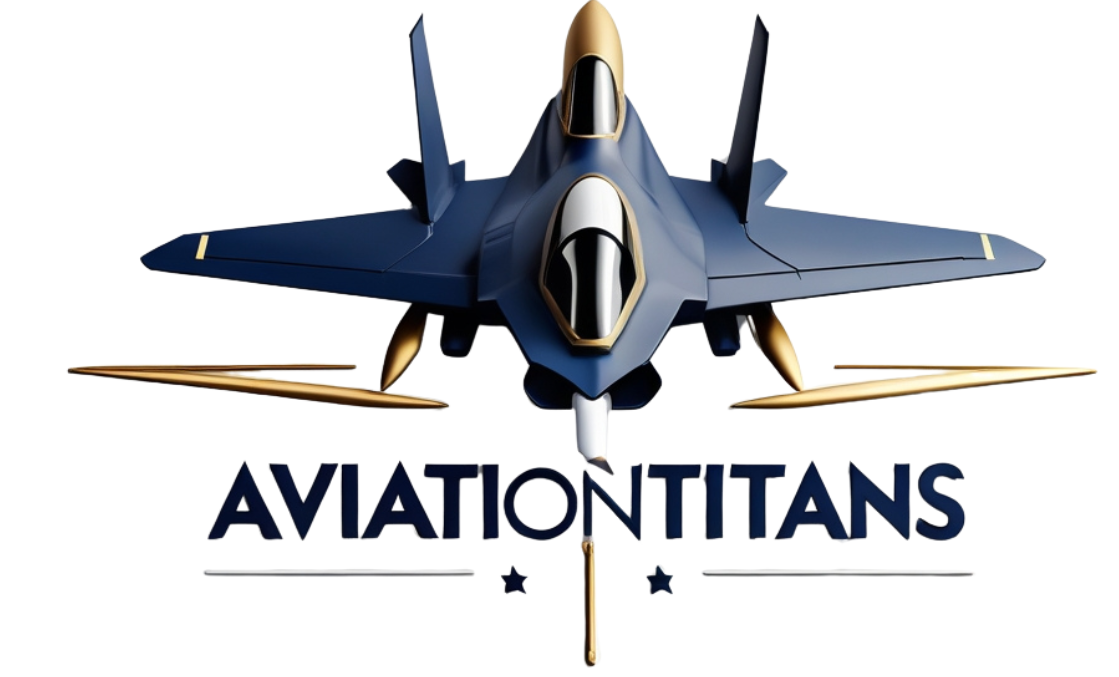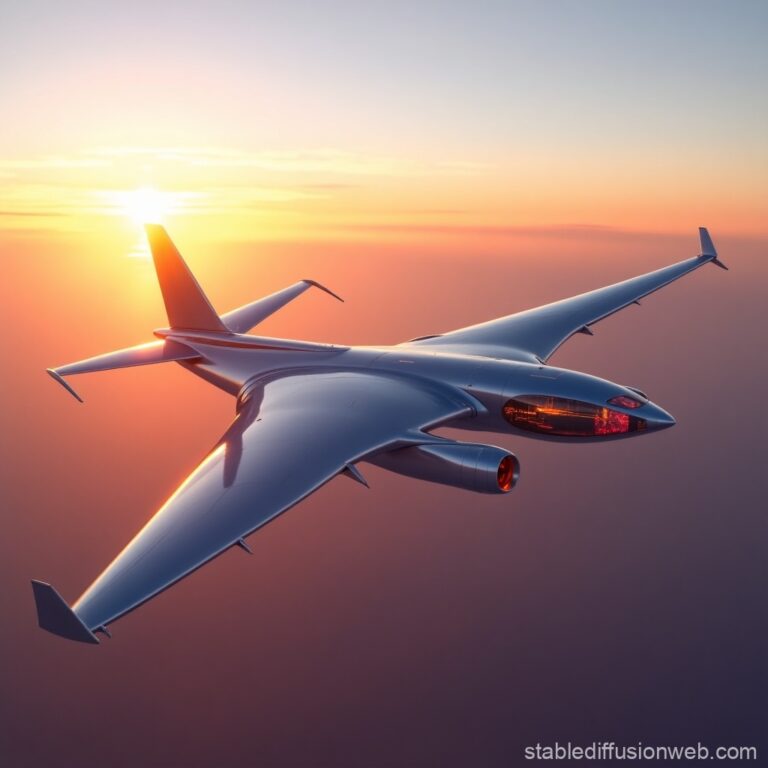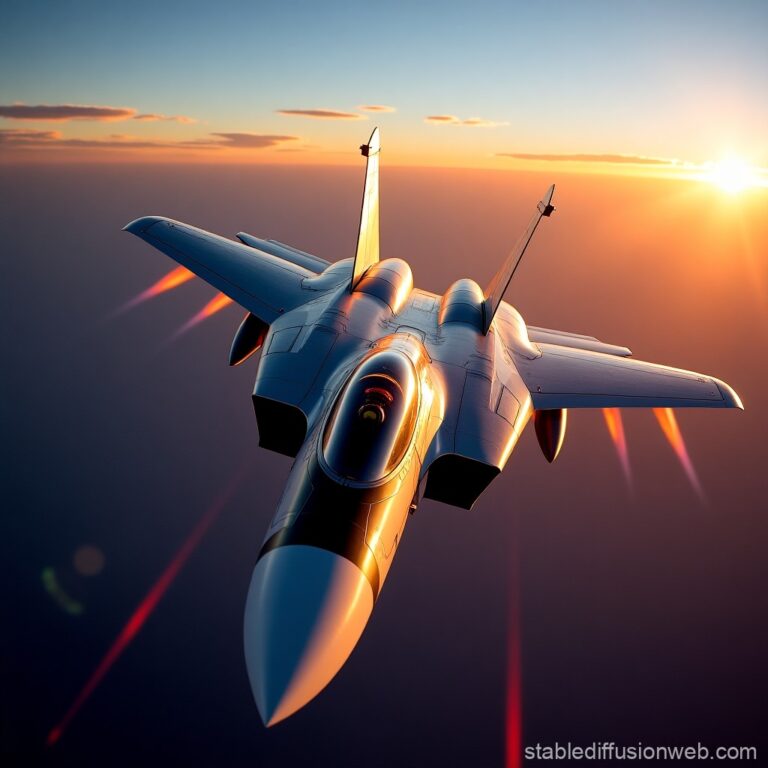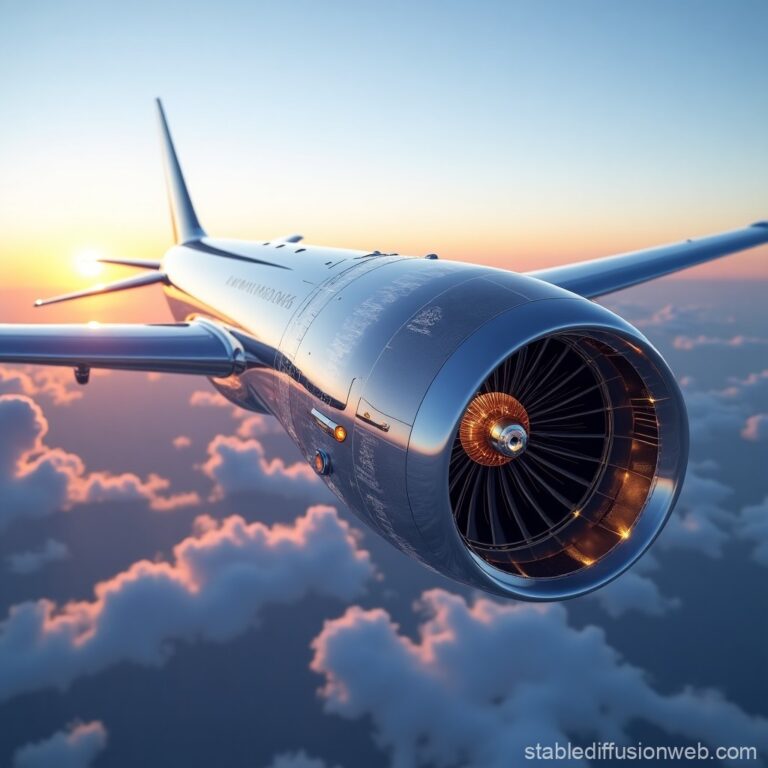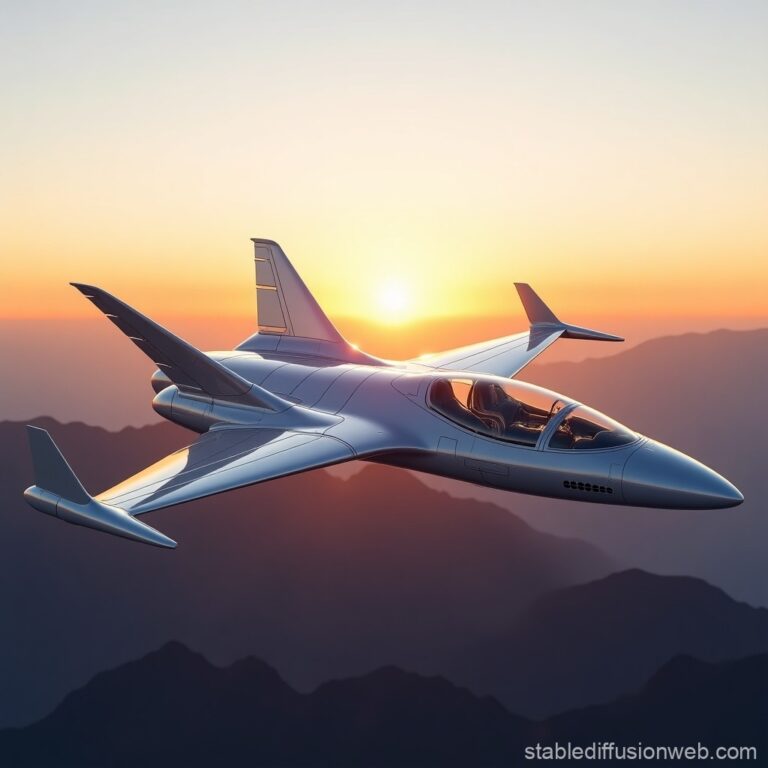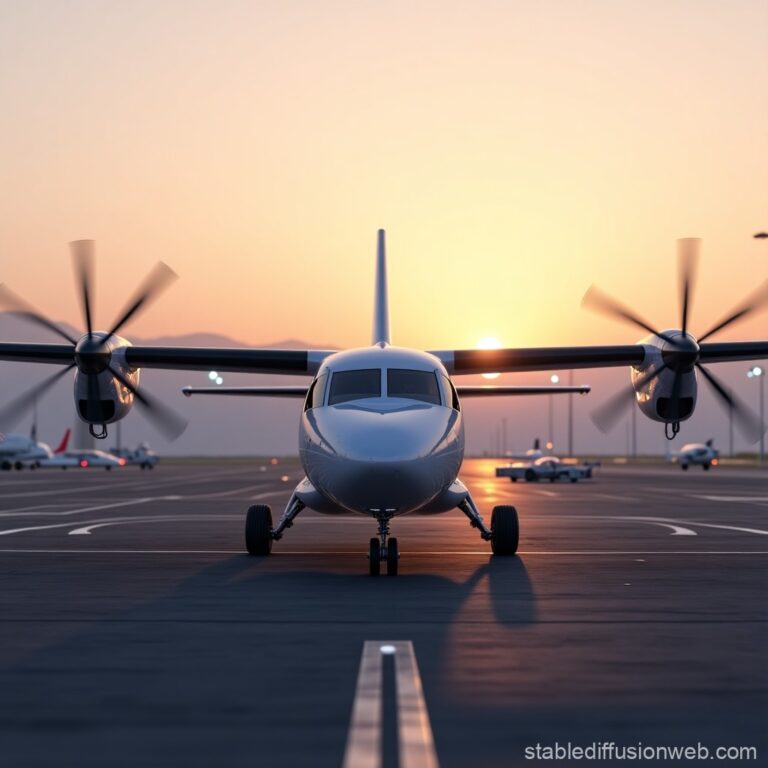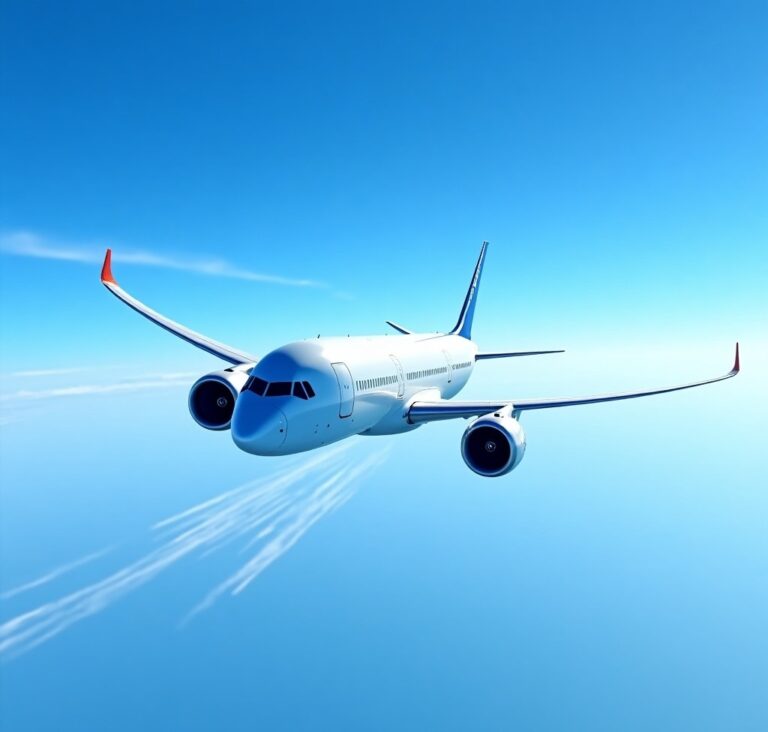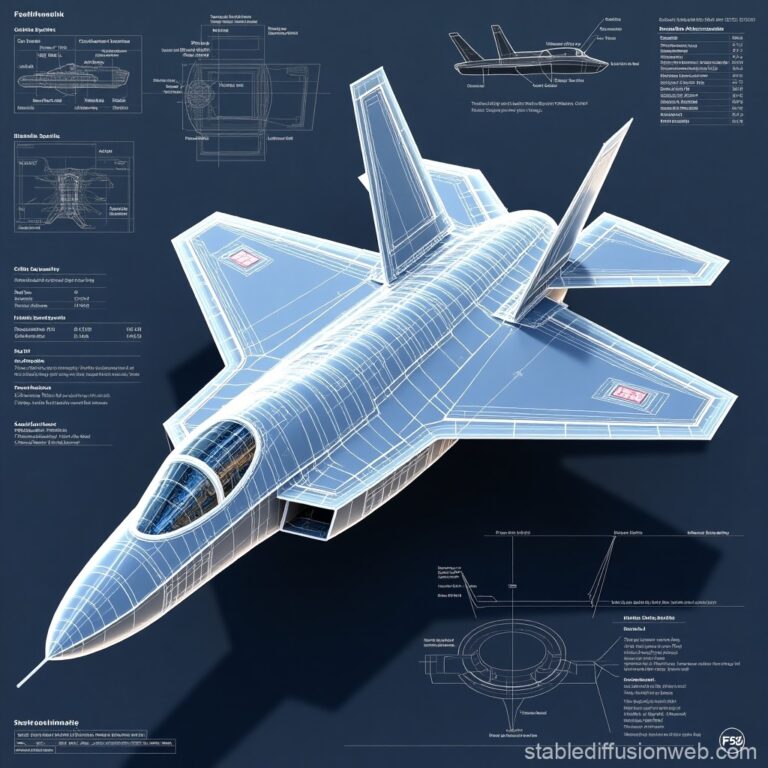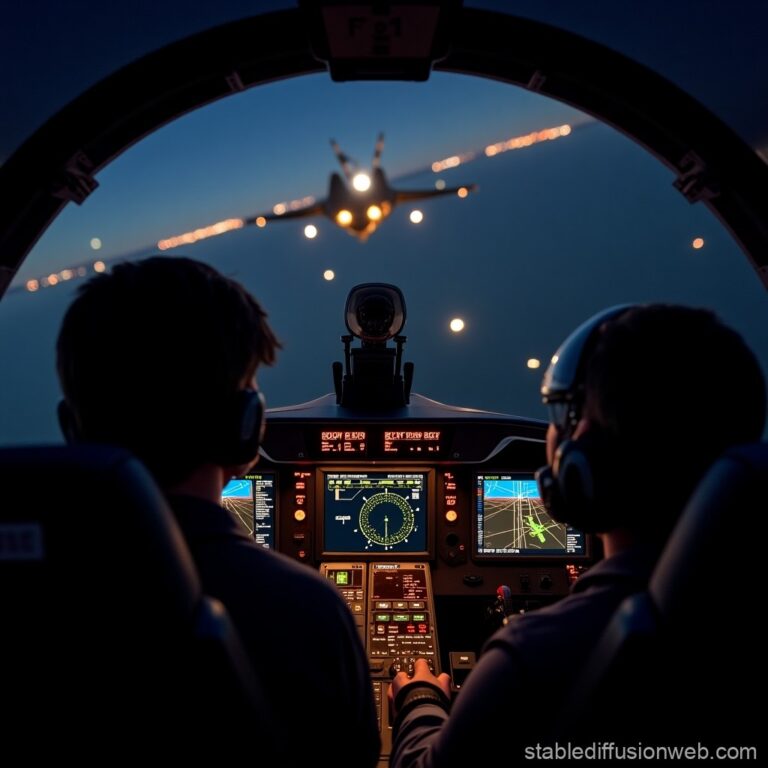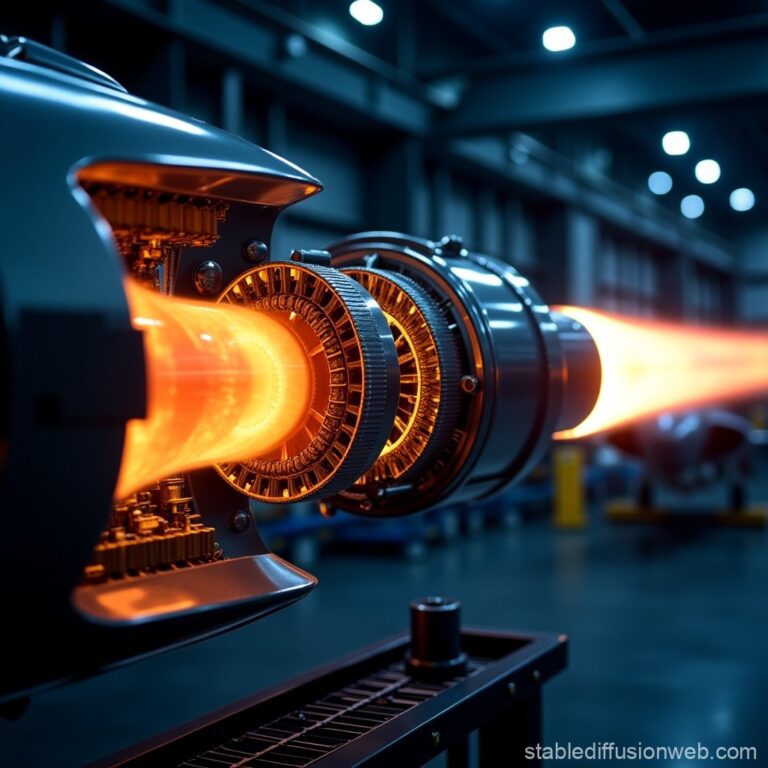Ultra-Thin Wings: The Future of Lightweight Aviation
Introduction The aviation industry is at the forefront of innovation as engineers and scientists push the boundaries of aircraft design. Among these breakthroughs, ultra-thin wing technology stands out as a game-changer. By reducing drag, enhancing aerodynamics, and improving fuel efficiency, ultra-thin wings are poised to revolutionize both commercial and military aviation. In this article, we…
